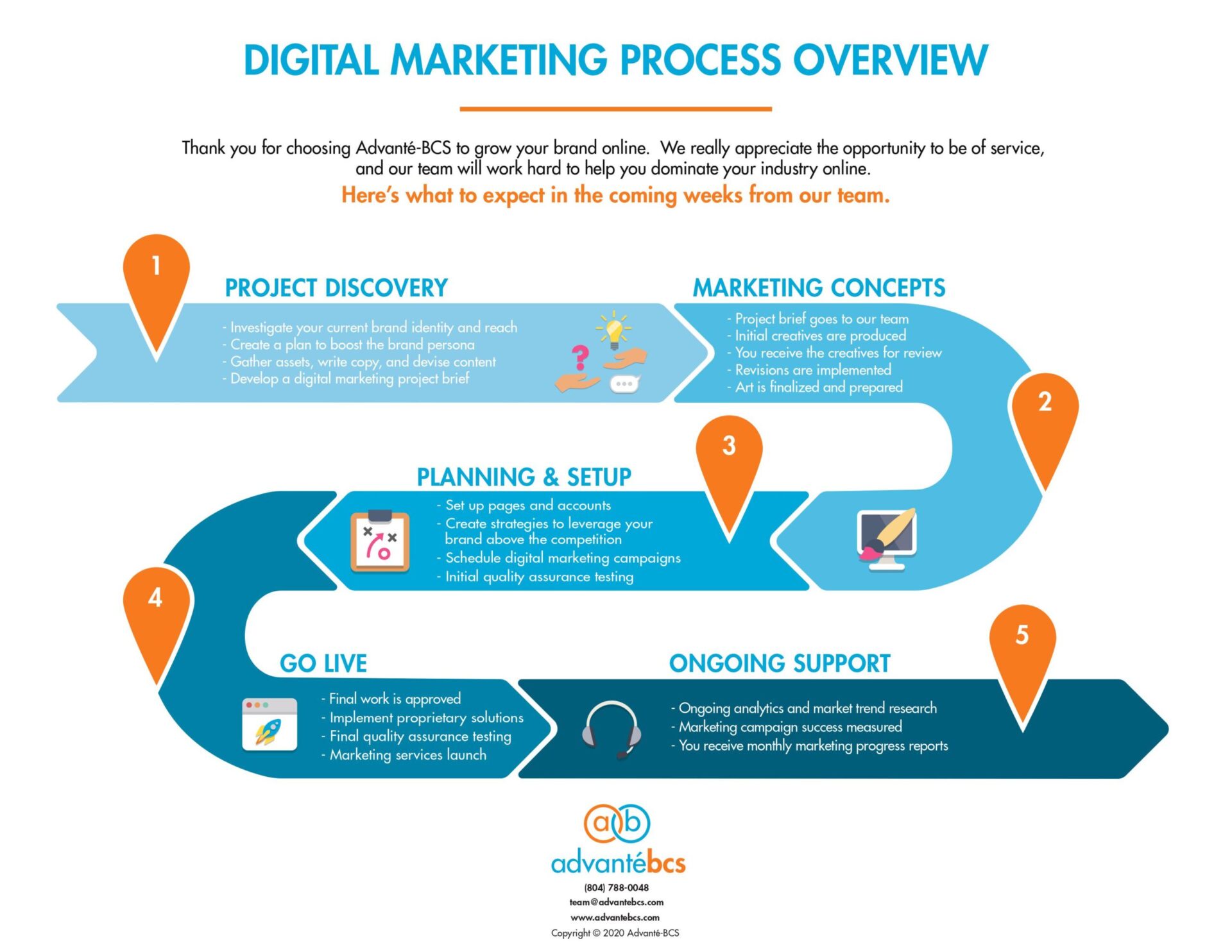
While most employees have thoroughly enjoyed the opportunity to work from home, the whole process has a lot of business owners wondering if this is a path they can take moving forward.
It is a big change and involves some trust in technology, which is why many independently-owned companies are still resisting or finding themselves unable to adapt to this new lifestyle. However, switching to remote work may be easier than you think.
We’ve had years of success working with a combined in-office and remote team, and adapted these strategies to help our in-office team switch to remote work in early 2020. Here are some of our tested and true tips for remotely managing your business.
Create a Plan
Just like you would when transitioning to a new office, the first thing you should do is come up with a plan to meet your employees’ needs while ensuring they can be as productive as possible.
First, you have to make sure all your employees have the supplies and technology they need. Do all employees have access to the supplies needed for work? Will you expect employees to provide their own technology, or will the company provide these items? Consider everyone’s needs. You may have to make adjustments or plan to loan out company equipment.
You should also find software that can help you organize, assign, and check tasks and keep your team in communication. Check in on employees’ responsibilities regularly, just like you would in person. Use Skype, Slack, or another workplace messaging app to allow employees to easily collaborate and communicate with each other.
Once you have a plan and infrastructure set up, you can start working, and make adjustments when you feel it is necessary.
Stay Organized and Create Habits
Some jobs allow employees more freedom and flexible hours, while other companies require that employees be online or present to answer messages and attend meetings during work hours. Make sure every employee understands their schedule.
Ensure that management checks in frequently with each employee. Have frequent meetings over Zoom or Skype (we recommend at least once weekly) to check in on your employees’ progress and allow your teams to share feedback, questions, or concerns.
Communication is important. Talk to your employees or send email updates at the end of the day with progress reports so they don’t feel disconnected from their organization.
Changes in Structure, Not Changes in Productivity
After over a year of working remotely, many business owners have found that productivity hasn’t dropped at all just because employees are not present in the office. You must have some level of trust in your employees to complete the tasks they need as they work remotely.
In fact, some companies have found that productivity has improved once employees don’t have to deal with a commute or in-office distractions. Many employees find that they get more done in a shorter amount of time while working from home.
Technology allows us to be more productive than ever, with apps and tools that allow workers to show off their progress, collaborate, work together on projects, communicate, and even share best practices.
Career development doesn’t stop, employees can continue to learn and grow even at a distance. Managers and others on the executive team will become better at their jobs as well as now they have to sharpen their skills to make progress in a totally new situation.
From Our Remote Team To Yours
The experts at Advanté-BCS have been working with independently-owned businesses for over 30 years, helping to grow brands from the inside out. If you’re looking to chat with a team about how to grow your business with award-winning marketing strategies, we encourage you to reach out to our team.




























